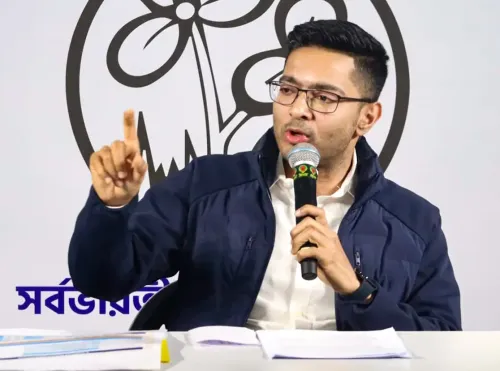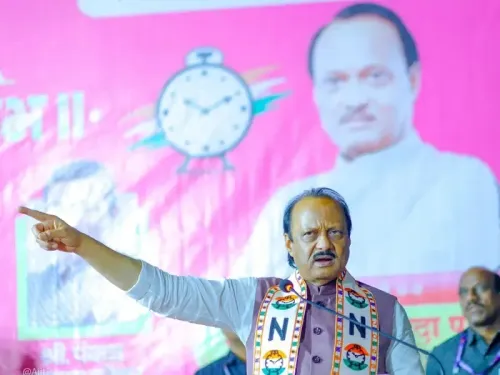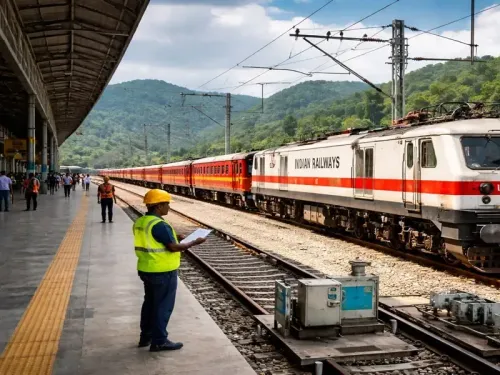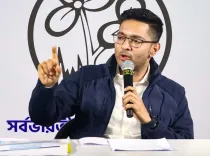How Did India’s Swift Retaliation Rewrite Counterterrorism Rules?
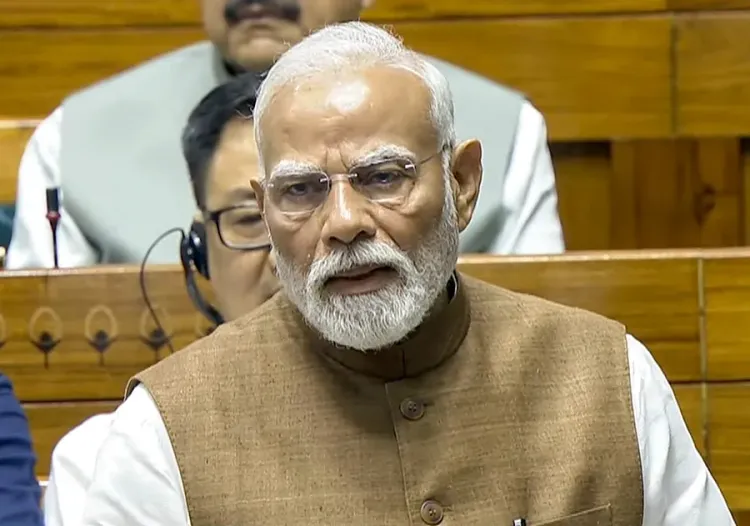
Synopsis
Key Takeaways
- India has established new counterterrorism rules.
- Operation Sindoor executed in record time.
- Technological prowess is pivotal in modern warfare.
- No distinction between terrorists and their supporters.
- Global perception of India’s strength has shifted.
New Delhi, July 29 (NationPress) Prime Minister Narendra Modi, while speaking in the Lok Sabha during the debate on Operation Sindoor, presented a compelling narrative of India’s military reaction to the terror attack in Pahalgam on April 22.
He emphasized that India has established its own framework for response following the incident. PM Modi outlined three guiding principles now shaping India’s national security strategy: India will retaliate on its own terms; nuclear threats will no longer inhibit action; and there will be no separation between terrorists and their supporters or protectors.
He mentioned that Pakistan had foreseen a significant response, which India executed flawlessly during the night of May 6 and the morning of May 7. “The revenge for the April 22 attack was achieved in a mere 22 minutes,” he asserted, highlighting the operation's speed and decisiveness. PM Modi described Operation Sindoor as a strategic milestone, marking the first instance where India targeted territories it had not previously accessed.
He stated that terrorist installations in Wahwalpur and Muridke were obliterated, rendering many Pakistani airbases dysfunctional. “Our forces dismantled the terrorist strongholds. We have shown that Pakistan’s nuclear threats are empty. Nuclear intimidation will no longer be effective,” he declared.
He underscored India’s advancing technological capabilities, noting that homegrown drones played a pivotal role in uncovering and dismantling terror networks. “This is an age of technology-driven warfare. Operation Sindoor has showcased India’s expertise in this arena,” he remarked.
The Prime Minister also portrayed the operation as a pivotal moment in global perception, claiming that the world now acknowledges the strength of a self-sufficient India. He stated that the coordinated efforts of the Army, Air Force, and Navy left Pakistan in shock, establishing a new norm where terror orchestrators now fear Indian retaliation.


